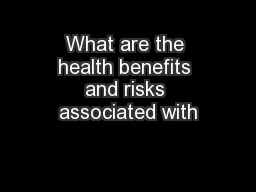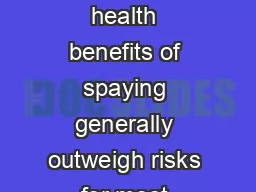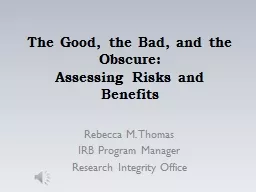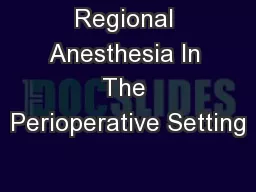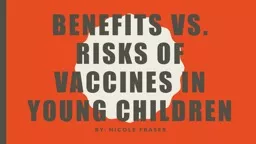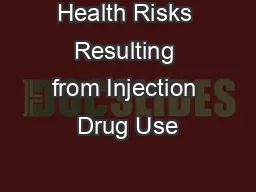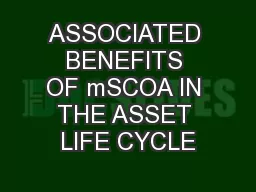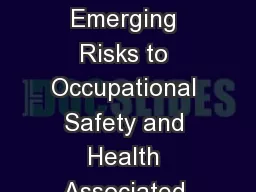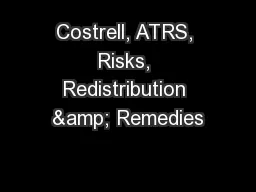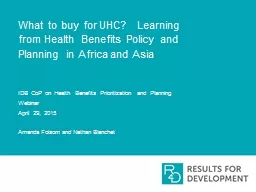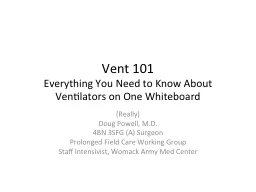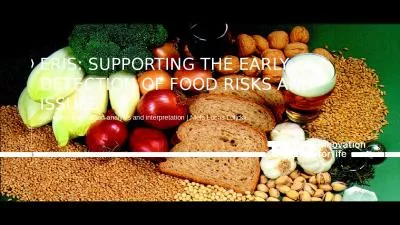PPT-What are the health benefits and risks associated with
Author : test | Published Date : 2016-05-09
vaccinating your child and why is it so important Immunisation is surrounded by misconceptions Some parents are concerned about vaccine safety and effectiveness
Presentation Embed Code
Download Presentation
Download Presentation The PPT/PDF document "What are the health benefits and risks a..." is the property of its rightful owner. Permission is granted to download and print the materials on this website for personal, non-commercial use only, and to display it on your personal computer provided you do not modify the materials and that you retain all copyright notices contained in the materials. By downloading content from our website, you accept the terms of this agreement.
What are the health benefits and risks associated with: Transcript
Download Rules Of Document
"What are the health benefits and risks associated with"The content belongs to its owner. You may download and print it for personal use, without modification, and keep all copyright notices. By downloading, you agree to these terms.
Related Documents

